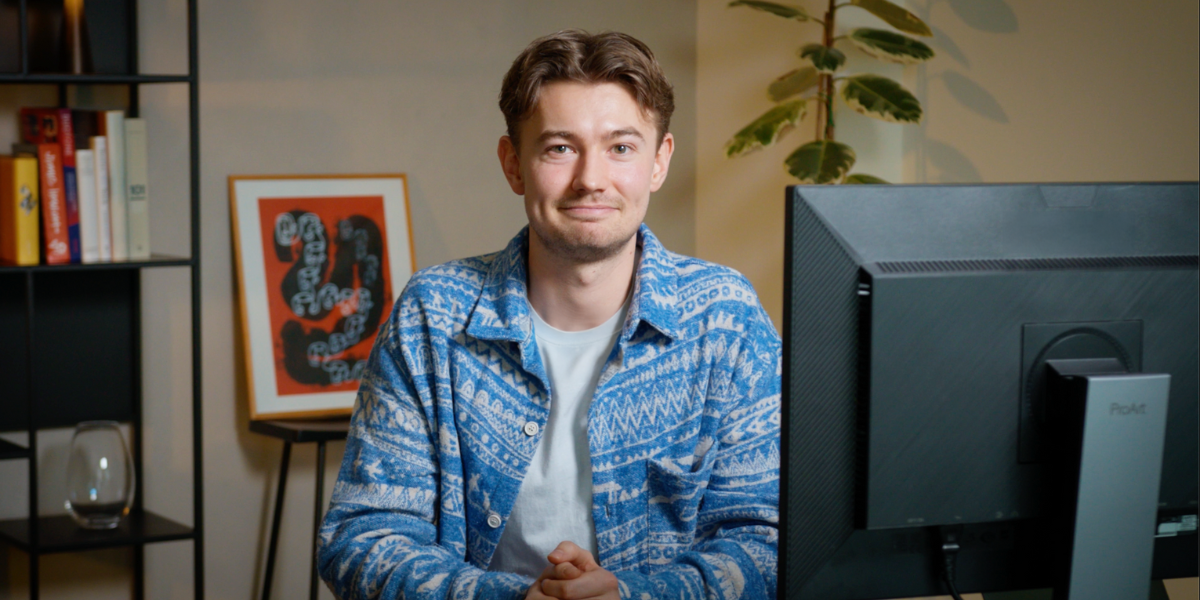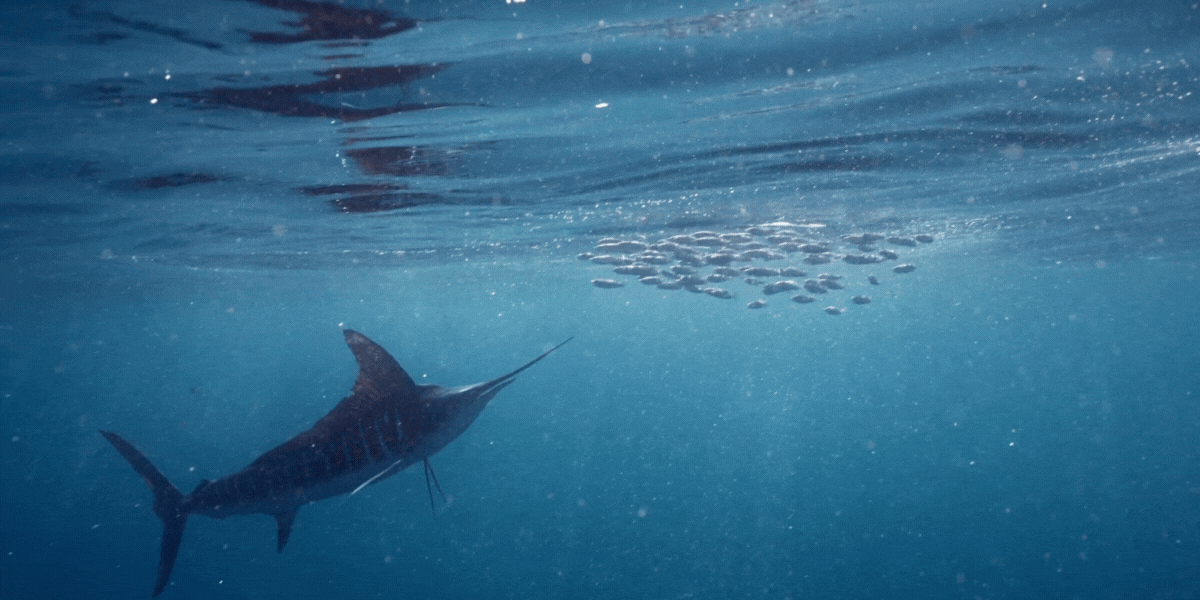In our always-connected world, focusing on one task isn't easy. That means it's extra difficult to do deep work.
"Deep work" is defined as the ability to focus on cognitively demanding tasks without distractions, allowing one to produce high-quality work in less time. Benefits include increased productivity, improved creativity, and enhanced learning abilities. Sounds great, right?
So why is it so difficult?
In Deep Work: Rules for Focused Success in a Distracted World, author Cal Newport explains that deep work is becoming increasingly rare and valuable in a world filled with superficial distractions, like social media, email, and everything else available on the internet.
To cultivate our ability to do deep work, Newport proposes several strategies. These include:
- Setting yourself up for success. Successful deep work starts with creating rituals and routines to minimize distractions and maximize focus.
- Embracing boredom. Newport orders us to resist the temptation to fill every free moment with distractions and instead learn to tolerate boredom. To lean into it and see what happens in the unscheduled time.
- Quitting social media. Yep, this one hurts. Newport suggests eliminating or reducing the use of social media as much as possible in order to minimize distractions. Enough said.
- Draining the shallows. Scheduling and limiting shallow work, such as administrative tasks that are easily completed or meetings, creates more time for deep work. This might mean putting a time limit on "shallow work" or saying, "I'll only check my email at 9 a.m. and noon."
Deep Writing Work with Freewrite
Freewrite is a dedicated drafting device designed specifically for writers to complete deep work during the drafting stage. In the writing world, this is known as "flow."
The features of a Freewrite that make it ideal for deep writing include:
- A distraction-free environment. Freewrite has a minimalistic interface with limited internet capabilities (just for syncing!), eliminating the temptation to browse the web or check social media during writing sessions.
- Simplified writing process. The device focuses on the drafting stage of writing, enabling users to concentrate on getting their ideas down without worrying about editing or formatting.
- Improved focus. With limited features and a straightforward design, Freewrite devices encourage users to maintain their attention on the task at hand.
- Enhanced productivity. By fostering a deep work mindset and minimizing distractions, users can experience increased productivity and higher-quality work.
So, what do you think? Do you struggle to complete deep work? Do you have strategies that help you get in the zone and get that work done?
We recommend checking out Cal Newport's Deep Work for more advice. And if your work involves getting words on the page, leverage a Freewrite to create an environment conducive to deep work.



























